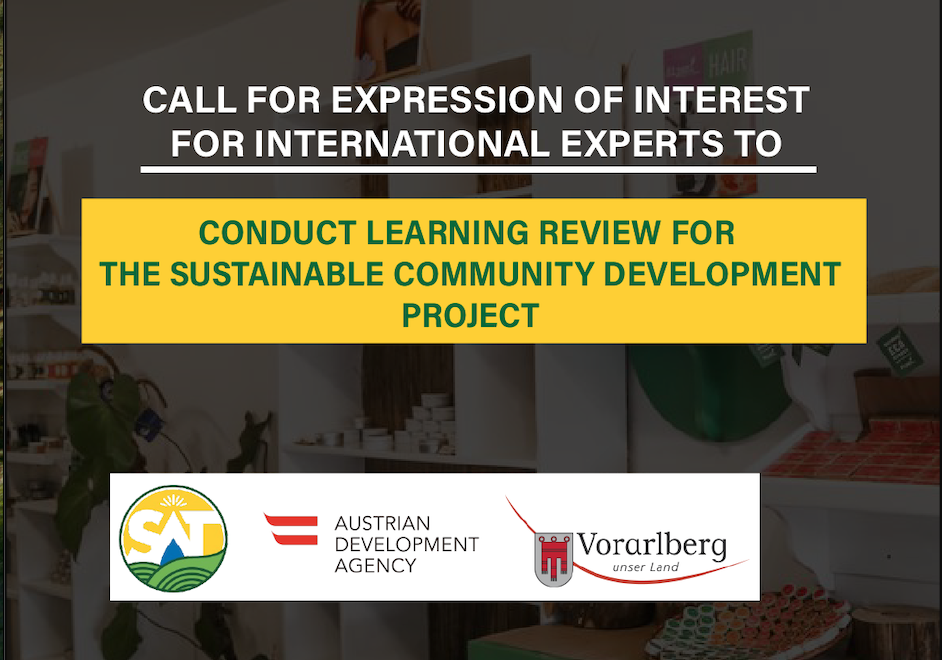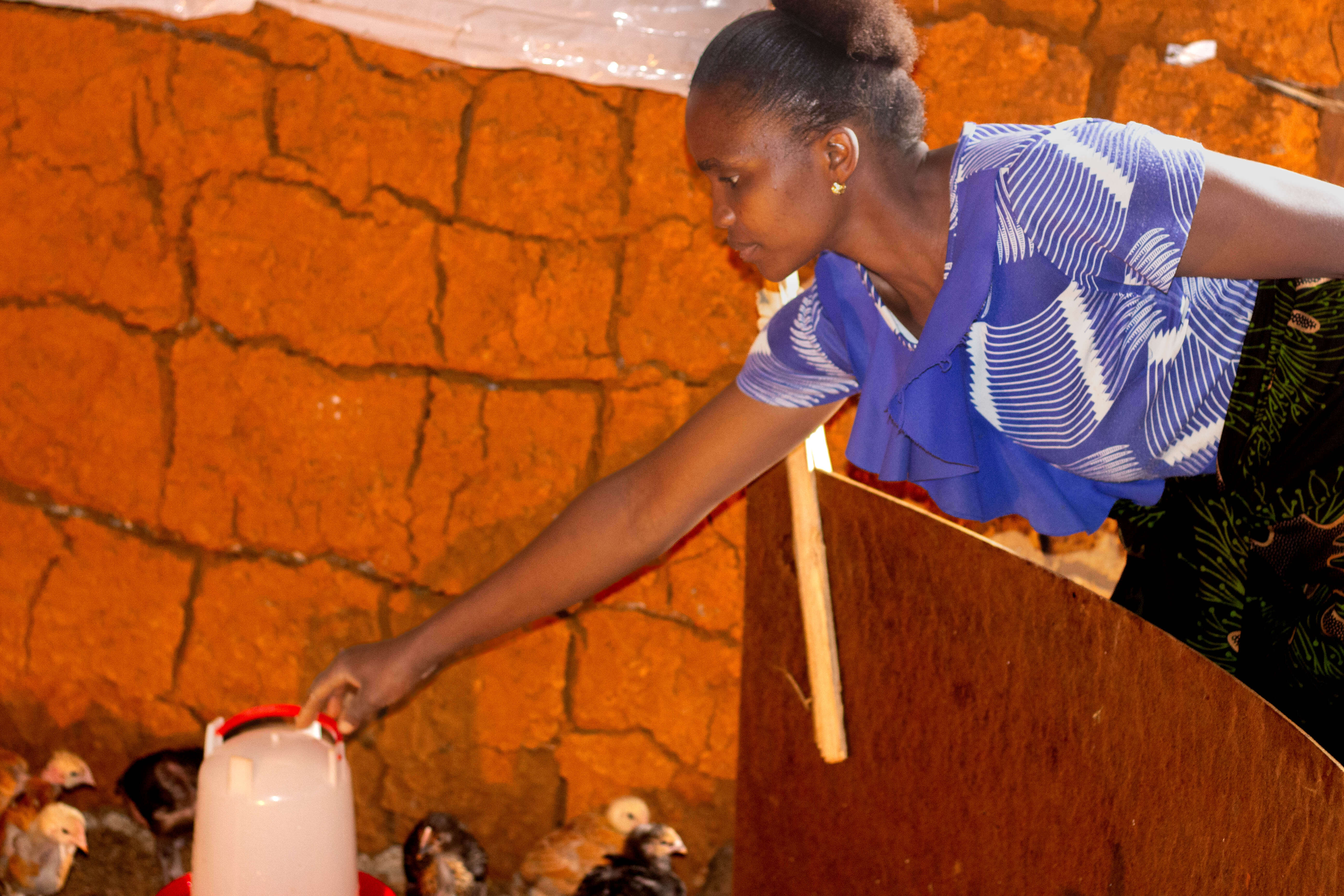The Good Old Times - Mgambazi Village
All Morogoro is occupied by conventional agriculture. All Morogoro? No, a small village in the Uluguru Mountains does not stop resisting the intruder and they are giving the representatives of synthetic pesticide producers, that have their stations spread all over the country, a hard time.

“The good old times”. What may sound too generic for many, does describe quite accurately the case of the village Mgambazi and its agriculture. “Our ancestors never used chemical fertilizer on their fields and used to have incredible yields. They were able to harvest vegetables to their hearts desire”, Ramadhani Yusuphu, a member from the farmer group of Mgambazi says. “The former generations used local seeds which were well adapted to the climatic conditions of the Uluguru Mountains. Accordingly, they also were more resistant to diseases and so-called pests”, Selemani Waziri adds. I realize that the people here have a burning desire to tell their story about the change in agriculture in their village Mgambazi.
“When in 1968 the University of Agriculture was opened here in Morogoro, chemicals started to get into the picture too. First the chemical fertilizer, later the chemical sprays. The elderly did not have knowledge about terracing, which helps avoid loss of fertile top soil. But as they did not want to lose their fields in the steep slopes, the representatives of the chemical fertilizer had an easy game to play. Do you know what I mean, when you use chemical sprays and fertilizer, they help and you can see immediate results. But what they don’t tell you is that after extended use, you basically destroy your own existence. Because what is a farmer without fertile soil and without his helpers, the beneficial insects?”

I leave the rhetorical question at that and dig deeper because I want to know more about the beneficial insect subject. But Ramadhani is quicker and proofs that the farmers from Mgambazi have already cared a lot about interconnections in the ecosystem. “In the past, there were not as many pests as now. It’s possible that all these chemical products have primarily killed the beneficial insects which are now missing in our gardens as natural pest controllers. This year, many of our mangoes and tomatoes were not edible because they had worms and were infested with parasites. Before the age of chemicals, this had never been an issue. When I was a small boy, the local ecosystem was well-functioning. Die seeds were local and well-tried, there were a lot of beneficial insects, hardly any diseases and soil fertility was stable. But now, in the current condition, we see that something has to change. Back to the roots, so to speak.”

An interesting realization, I think for myself, and I can only wish that eternal students had the same. “A farmer from the neighbor village Ruvuma suggested founding a group and undergoing training in organic agriculture. We were then included in the “Farmer2Farmer” Project of the Organization SAT und were instructed in many things concerning sustainable cultivation methods”. Finally, I want to know whether they have gained anything out of it and the answer I get does not need any more commenting: “We would recommend other farmer groups to do the same. Organic agriculture has helped us a lot. Two people from our group have already started implementing what we have learnt in the demonstration garden on their own fields. First, you dig the terraces whereat we help each other, and then you plant the vegetables, all organic of course. Organic farming enables us to go back to the previous state, which is a healthy ecosystem.”






